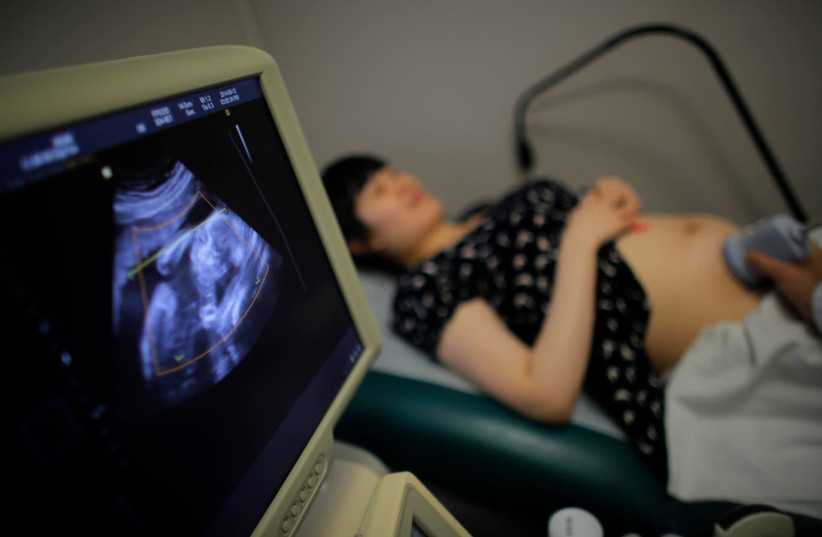A set of British twins born in April has been turning heads since their birth. No one will have trouble telling Ayon and Azirah apart: One is black and one is white.
The mother, Chantelle Broughton, 29, was shocked upon giving birth to the biracial twins, multiple outlets reported. Broughton, who resides in Nottingham, said that she looks white, but is mixed race as her maternal grandfather was Nigerian. The father, Ashton, 29, is half Jamaican, half Scottish.
Although the babies share a birthday, their appearance could not be more different. The son, Ayon, was born with a fair skin tone and green eyes, while Broughton's daughter Azirah had a darker skin complexion and brown eyes.
What are the odds of having biracial twins?
Such births are so rare, genetics experts have estimated them at one in a million.
A person's skin color is determined based on the amount of melanin pigment found in the skin cells. This amount is predetermined by the genetic blueprint of each cell. There are an infinite number of different skin colors called phenotypes. These range from black, dark brown, brown, light brown to white skin.
Black and white twins have captured media attention before. Another set of biracial twins, Marcia and Millie Biggs, were profiled for a 2018 National Geographic cover story called The Race Issue. “When people see us, they think that we’re just best friends,” Marcia, then 11, said in the cover story.

